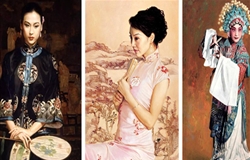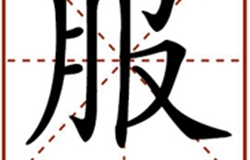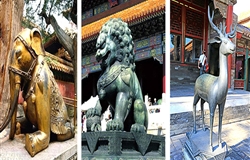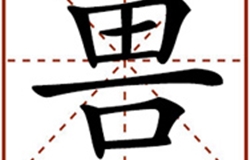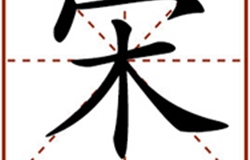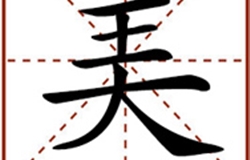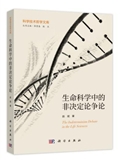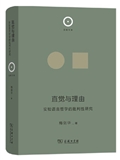Culture
-
Farmers in Guizhou Province in southern China transplanting rice by hand in a flooded paddy Photo: BTIME China has long been known as one of t…[详细]06-27-2019
-
Three paintings by the renowned contemporary artist Chen Yifei (1946–2005) depict different styles of traditional clothing, including the ta…[详细]06-20-2019
-
Left to right: a kneeling elephant, a guardian lion and a bronze deer Photo: FILE The Forbidden City is known not only for its aesthetic val…[详细]06-13-2019
-
This is one of a set of paintings from the Qing Dynasty, depicting how the Qing people celebrated the Dragon Boat Festival. Photo: FILE The …[详细]06-06-2019
-
A detail of “A Thousand Li of Rivers and Mountains” by Wang Ximeng, a Northern Song artist Photo: FILE It is a misunderstanding…[详细]05-30-2019
- In 221 BCE, the Qin wars of conquest brought an end to the Warring States Period, a tumultuous era marked by…MORE
- The tradition of painting coffins is deeply rooted in Han culture, and the origin of the lian-bi patterns ca…MORE
- China’s Great Wall dates back as early as to the Spring and Autumn period.MORE
- The Miaodigou culture was viewed as the heyday of painted pottery.MORE
- Xu Zhimo was known for his efforts to set Chinese poetry free from the constraints of its traditional forms,…MORE
-
Let me state that I am against a certain “apologetic” stance taken by the entire field of the humanities r…[详细]


